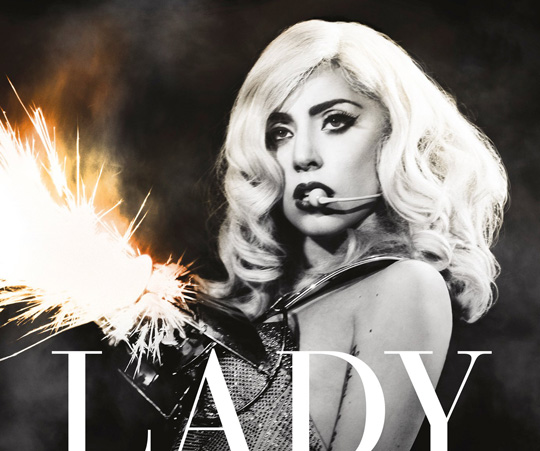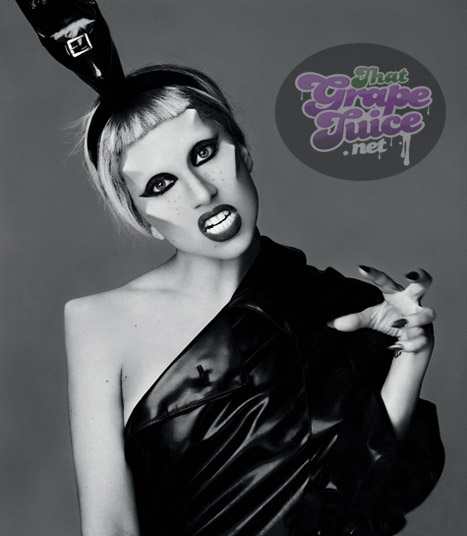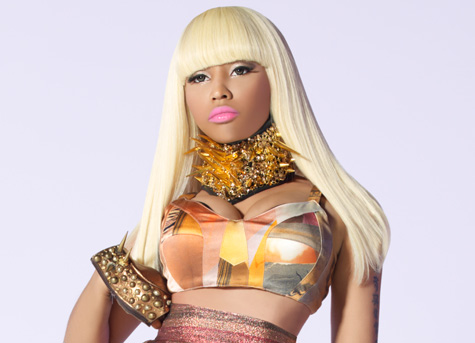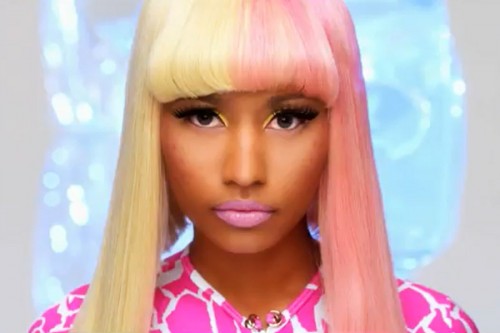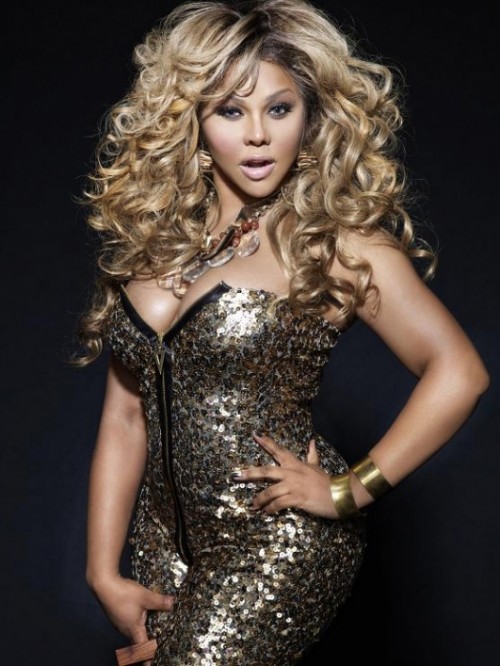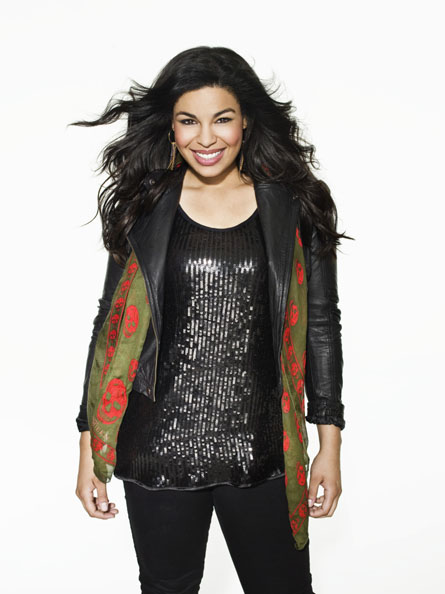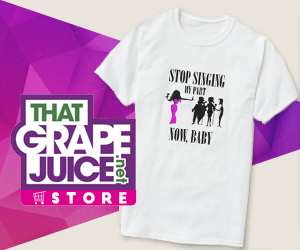R&B is on a respirator. Once a celebrated genre that has given the music industry some of its most praised acts (see: Luther, Whitney, Aretha, Marvin), the musical styling has unquestionably lost its identity to Hip-Hop and now Electro-Pop.
The question at hand: is R&B (as a commercially viable force) on its last breath or is revival in its future? In a three part series, That Grape Juice will analyze three sectors of the fallen genre: ladies (songstresses), males (crooners), and groups (both male and female) to determine if resurrection is in its future or if it will find permanent rest in the history books.
As always, ladies first…
Turning the dial (or Youtube search engine) back 20 years to see the plethora of female R&B acts dominating the radios and Pop charts is a stinging reminder of a time when the industry thrived on variety. From crossover acts such as Mariah Carey, Whitney Houston, and Janet Jackson, to up-and-comers Mary J. Blige and Toni Braxton (just to name a few), there was no shortage of R&B estrogen on the airwaves or charts. Not to mention such classic, yet then-active artists like Anita Baker, Aretha Franklin, and Gladys Knight.
However, as Hip-Hop/R&B fusions became more of a constant (which some attribute to artists like Carey and Mary J. Blige), the junior generation of R&B diva emerged in the form of the Aaliyah’s, Brandy’s, Monica’s, and eventually Ashanti’s. Then, of course, you had that brand of 90s R&B diva (Faith Evans, Tamia, Deborah Cox and Kelly Price) who lacked crossover appeal, yet were still relevant – even if just appealing to a small niche.
But, as the 2000s rolled on and Hip-Hop was becoming the driving force of the music industry, ballads and slow jams were losing steam on the charts, and Hip-Hop was surely killing the R&B star. And while many of the time period marked Alicia Keys as a ‘savior of R&B’, she was one of very few pure R&B females who was granted relevancy in an increasingly convoluted music world. Interestingly, though Mary J. Blige and Mariah Carey (who by 2005 were considered veterans) were seeing some of the best numbers of their careers, the genre’s overall shortcomings were inescapable.
Then, as the Beyonce’s and the Rihanna’s of the music world began to dominate charts by willingly trading in their R&B humbling’s for Pop’ier hits, the 90s divas of yester-year who refused to succumb to the change found themselves succumbing to irrelevancy. Even those who once showed promise in the early 2000s (Amerie, Tweet, and co) were finding themselves lost in the fray. Suffice it to say, the industry at large began to suffer (see: illegal downloading, cd leaks), yet R&B’s former leading ladies seemed to fall victim most (Brandy, Monica, Mya, and eventually Ashanti).
Fast forward to 2011. Where is R&B female? Even with hints of recent reigniting of public interest (i.e. Fantasia’s ‘Back To Me’, Monica’s ‘Still Standing’), they alone are not enough to indicate a resurgence. And, even with notable record sales (given the current musical climate), those sales are marginal at best comparatively.
Record sales aside, the presence of R&B females on the Hot 100 chart recently is rarely without rapper accompaniment. There is a new class of R&B divas, however. While not reporting record-breaking numbers, the Keri Hilson’s, Kelly Rowland’s, Jennifer Hudson’s, and co. are definitely making noise. But, is it enough to resurrect the fallen genre? Or will R&B eventually rest in peace?
Do you think that there will be a resurgence of mainstream R&B females?


